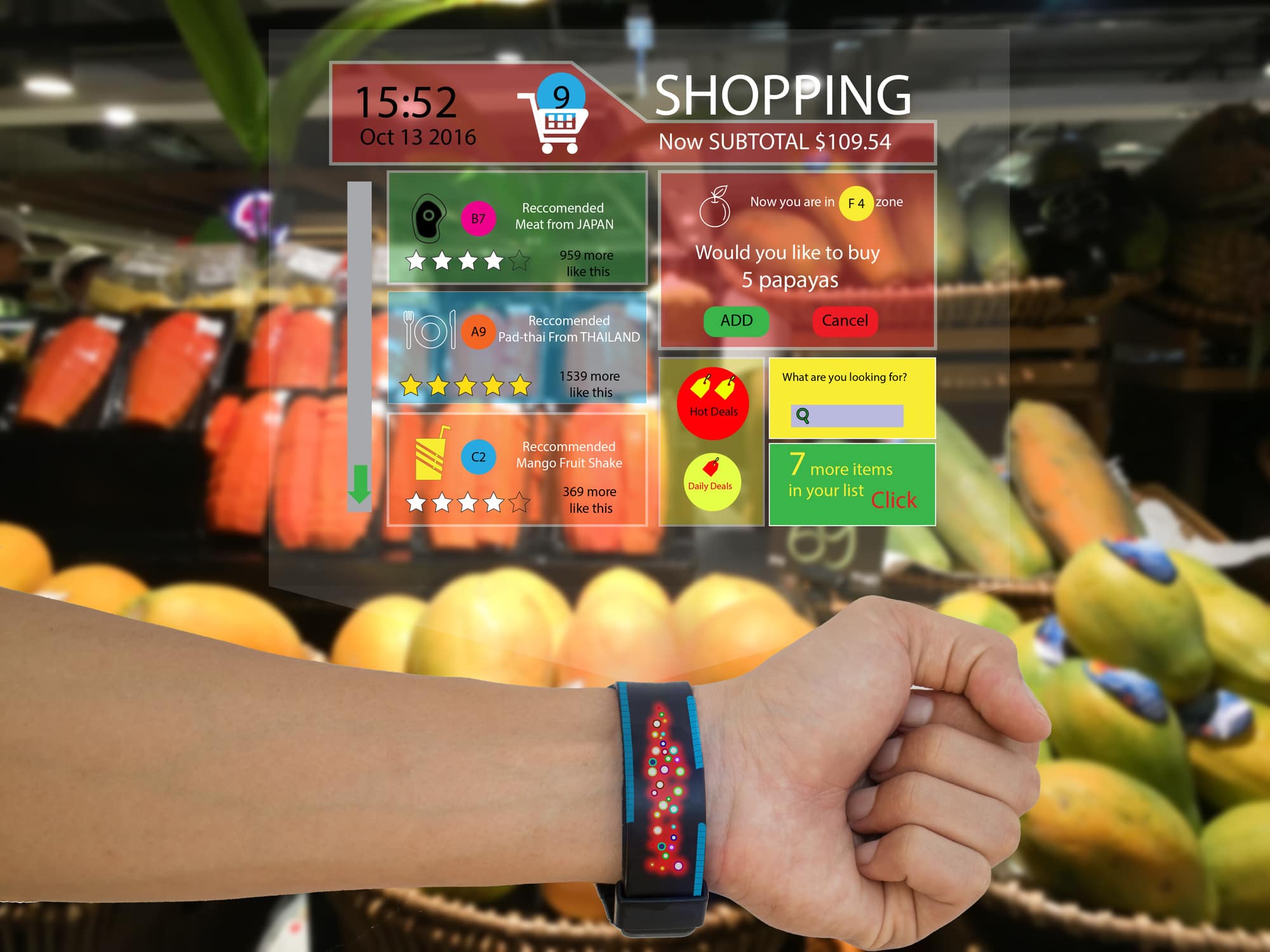2021 promises to be an exciting blend of technical possibilities and multiple innovations for the CPG industry.
2020 was some kind of year for CPG companies. Fortunately, we’ve learned how to weather or at least work with COVID’s many disruptions. As we gear up for 2021 and the rest of this decade, it’s time for CPG leaders to focus on building and maintaining momentum in the new normal. To that end, we’ll look at four tech trends that will affect CPG marketing, sales, operations, and customer experience.
4 Tech Trends Powering the Future of CPG
CPGs Embrace Digital Messaging, Content, and Sales
People are doing a lot more online shopping, which means they’re also discovering new CPG brands online. Thus, direct-to-consumer marketing has become increasingly important, as has search optimization and online content aimed directly at consumers instead of retailers.
Even so, CPG companies have to do more than just ‘talk’ to consumers. The trend of user-generated content has made its mark on the CPG industry, and not just for social media mining and sentiment analysis; it provides direct access to consumer thinking without the unintentional distortion sometimes created by research techniques. Look for CPG companies to learn from their B2C counterparts and take a fresh approach to communicating directly with their users.
Essentially, brands are reimagining the customer experience to include online retail (both direct-to-consumer and via retailers like Amazon), social networks and citizen brand ambassadors, and a deeper awareness of consumer needs and behaviors. Not all brands will (or should) launch their own e-commerce site, but all brands should be aware of the trend to sell directly to consumers via the Internet. Incidentally, direct-to-consumer sales also provide a trove of highly valuable consumer data that companies can use to shape their products and offers.
And, of course, we need to discuss the impact COVID has had on CPG brand messaging; now more than ever, CPG companies have learned that speaking directly to their final consumers and meeting those customers’ needs is critical to survival. Customer-driven marketing is all about being attuned to users’ needs, and brands must identify how and where they can make a positive impact on people’s lives. Plus, CPG customers won’t exempt CPGs from hyper-personalized and targeted messaging preferences; look for innovative digital communication methods to start showing up in CPG’s arsenal regularly.
5G Drives In-Store Shopping Experiences
Despite COVID and online mega-stores, brick-and-mortar stores won’t be fading away completely. According to CNBC, 81% of Gen-Z shoppers (ages 14-24) actually prefer browsing in a physical store over shopping online. With the imminent rise of 5G mobile networks and consumer’s ongoing attachment to their smartphones and wearables, look for location-based advertising to become more important for CPGs. This can help companies smooth the transition between digital experiences and the actual purchase of physical package goods.
Another side of the same coin is how 5G speeds will indirectly transform customers’ shopping experience. While smart carts and cashier less stores like Amazon Go aren’t all that common yet, they will be in the future. How will such high-tech shopping impact shoppers, advertising spaces, ad effectiveness, etc.? Now is the time for CPG companies to start figuring it out.
AR and VR for CPG Gets a Step Closer
Better Internet makes a lot of things possible, and for CPG players that will mean a surprising new marketing ally: Augmented and Virtual Reality (AR and VR). We’ve seen this work with big-ticket items like furniture and it’s demonstrated the importance of getting the product into the customer’s normal surroundings – even if you do it virtually. Ways that CPG manufacturers could use AR/VR include gamification, enhanced or interactive packaging, displaying ingredients or other information about the product (e.g., a demonstration of how to apply makeup, prepare packaged foods, etc.) immersive brand-sponsored entertainment, customer self-service, etc. It’s really only a matter of time before AR/VR shifts from a cutting-edge differentiator to a fairly common part of the consumer experience, so CPG companies need to keep their eyes on this trend.
Manufacturing and Supply Chains Lean into AI and IoT
Interestingly, 5G will also indirectly influence manufacturing, thanks to greater adoption of IoT (Internet of Things) devices. These always-connected sensors relay huge amounts of information, which CPG companies can process, analyze, and use to develop better processes and products. For example, such technologies can track products at a unit level, which allows for more precise stock management. IoT has already been used to track assets, monitor resources in real-time, and highlight areas that can be changed to suit business goals.
Similarly, AI and robotic process automation (RPA) can be used to optimize CPG manufacturing. AI and sensor data have been proven to predict maintenance cycles (and thus prevent instances of machine failure) and streamline production schedules. RPA automates repetitive manual tasks while improving their overall quality and speed. Together with digital twinning, RPA allows manufacturing to be adjusted around preset thresholds, minimizing waste and allowing the rapid adjustment of production as needed.
One thing that COVID made very clear this year was that supply chains are vulnerable. Look for AI, robotics, and IoT devices to be pressed into service here as well, as companies focus on building more flexible, robust, and resilient supply networks. Such technologies can predict and help minimize disruptions and provide a more transparent account of the movement of various goods.
Let’s Welcome 2021!
We’re looking forward to seeing what 2021 brings to the CPG world. The lessons learned during 2020 and the new technical capabilities that each year brings will drive some exciting changes in this industry.
Related Absolutdata products and services: AI & Data Sciences, NAVIK MarketingAI, Marketing Analytics, NAVIK AI Platform































